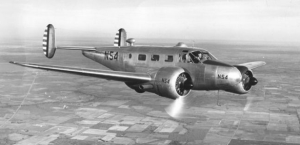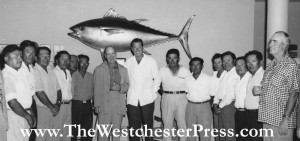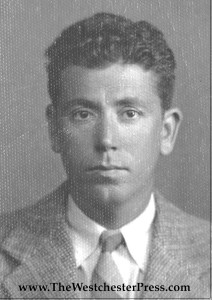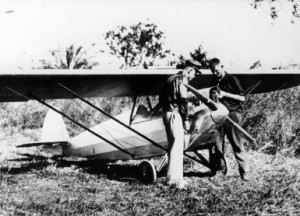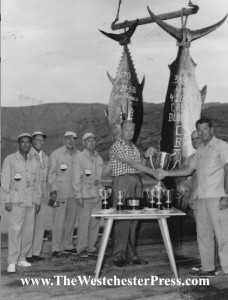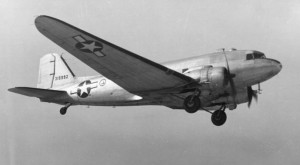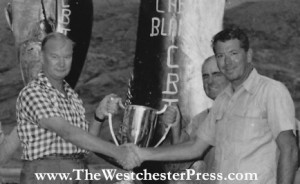
Alfred C. Glassell, Jr and Cloyce Joseph Tippett won this trophy fishing for black marlin at the Cabo Blanco Fishing Club, but for Glassell, these were not the biggest fish in the sea…
Alfred C. Glassell, Jr. was one of the founding members of The Cabo Blanco Fishing Club, along with S. Kip Farrington, Jr.
He was a tall man, and towered above the other people in every photograph he stood for, unless he was standing next to my grandfather, Cloyce Joseph Tippett.
Tip was frequently at the Club, managing operations, and he joined Glassell on the Club boats as they fished for black marlin and giant tuna.
In 1958, Tip joined Glassell and Farrington in a fishing tournament. Together, they won the trophy seen in the photo.
Five years earlier, Alfred C. Glassell, Jr. had won a much bigger trophy. He caught the world record for largest fish caught on rod and reel – and the record still stands today.
On August 4, 1953, Glassell hooked a black marlin using mackerel as bait. He fought the fish for more than an hour, knowing it was big enough to qualify for a record.
Tip was back on shore that day, at the Club, and had suggested that Glassell take along a film crew who were visiting Cabo Blanco, hoping to catch a marlin on film. They were shooting for the film version of Ernest Hemingway’s “Old Man and The Sea” and they were certainly getting good footage.
The black marlin was 1,560 pounds and Alfred C. Glassell, Jr. entered world history. He had the fish transported home whole and had it stuffed. For a long time, it hung in the Smithsonian Institution’s Hall of Sea Life. Now, it hangs in the offices of the National Museum of Natural History.
Tip’s biography includes many stories of The Cabo Blanco Fishing Club, and stories of aviation history. The book is coming soon, and you can sign up here for an email announcing the book’s release.

